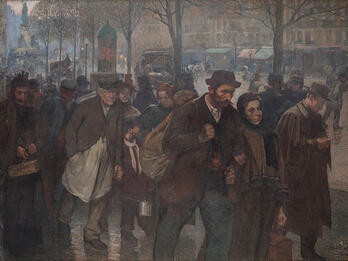Above Eternal Peace
Isaak Levitan
1894
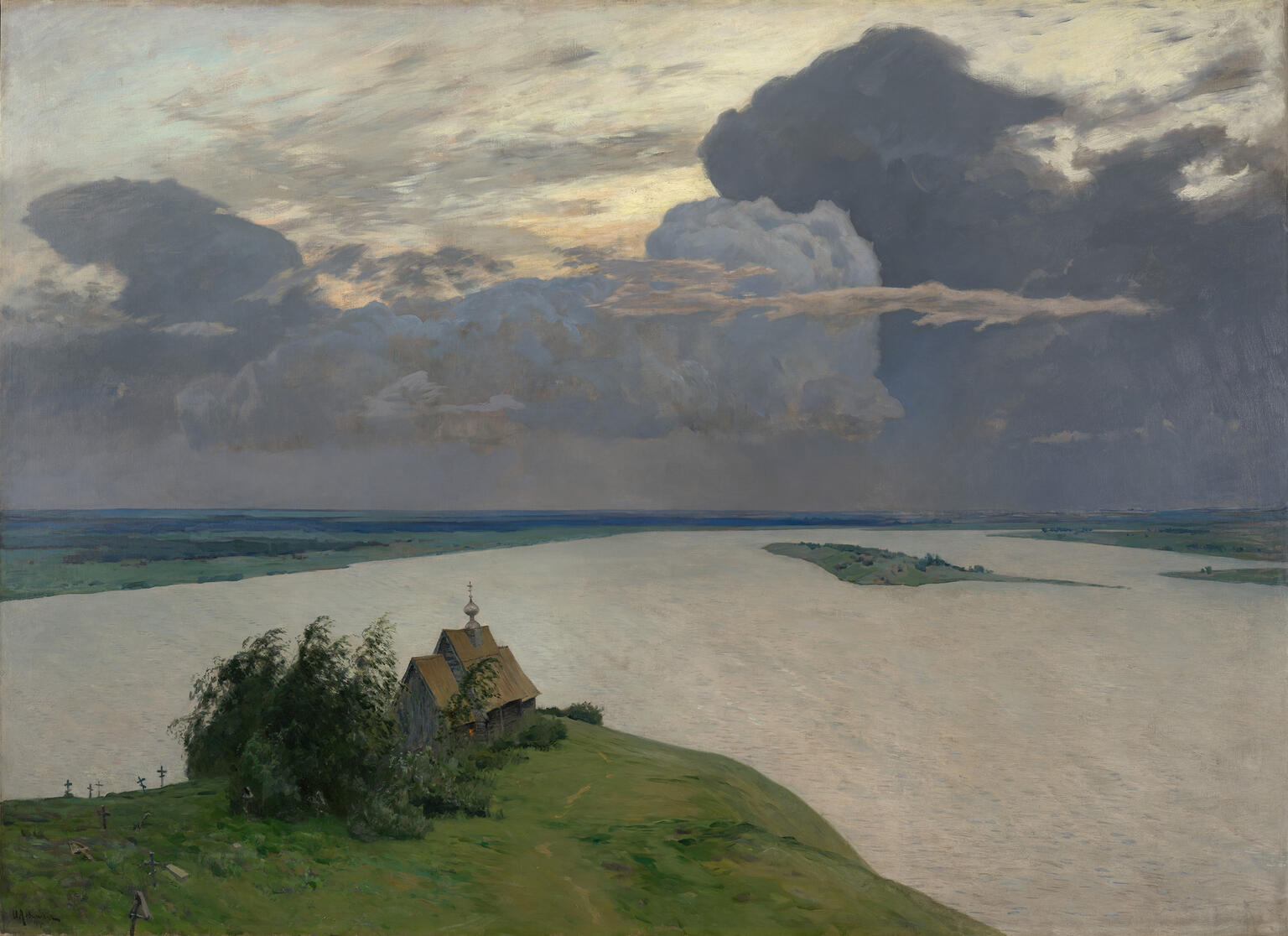
Creator Bio
Isaak Levitan
One of Russia’s foremost landscape artists, Isaak Ilyich Levitan was born in Kibart in the Suwalki province (today, Kybartai, Lithuania), the son of a railroad worker. Levitan moved with his family to Moscow in 1871, where he studied at that city’s School of Painting, Architecture, and Sculpture. Supported by a scholarship and exhibition opportunities, and associating particularly with the Peredvizhniki (“Itinerants”)—the circle of populist artists who refocused Russian art on the history and culture of the “simple people” and the Russian landscape—Levitan attracted attention for his emotional landscapes produced in the French plein-air style. His career skyrocketed with the acquisition of a number of his works by Pavel Tretyakov (Tret’iakov)—founder of the Tretyakov Gallery. Despite his fame, Levitan was included in the 1891 expulsion of Jews from Moscow, returning only at the end of his life. He did not paint many works with Jewish themes and is understood, as he seems to have understood himself, as a Russian national painter.
You may also like
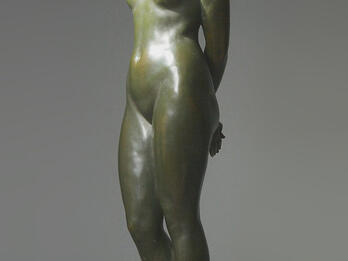
The Captive
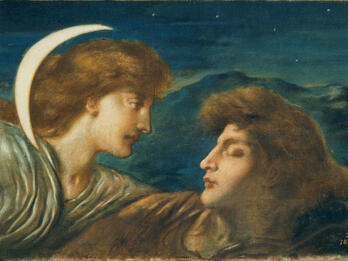
The Moon and Sleep
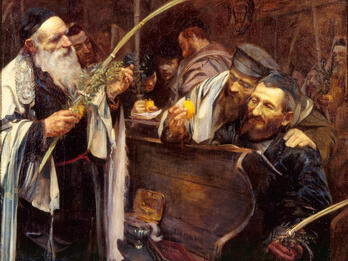
Sukkoth
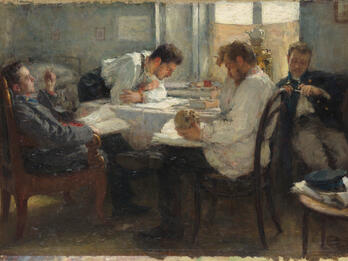
The Night before the Exam
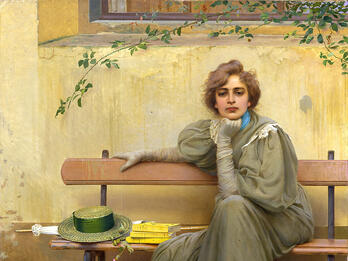
Dreams
